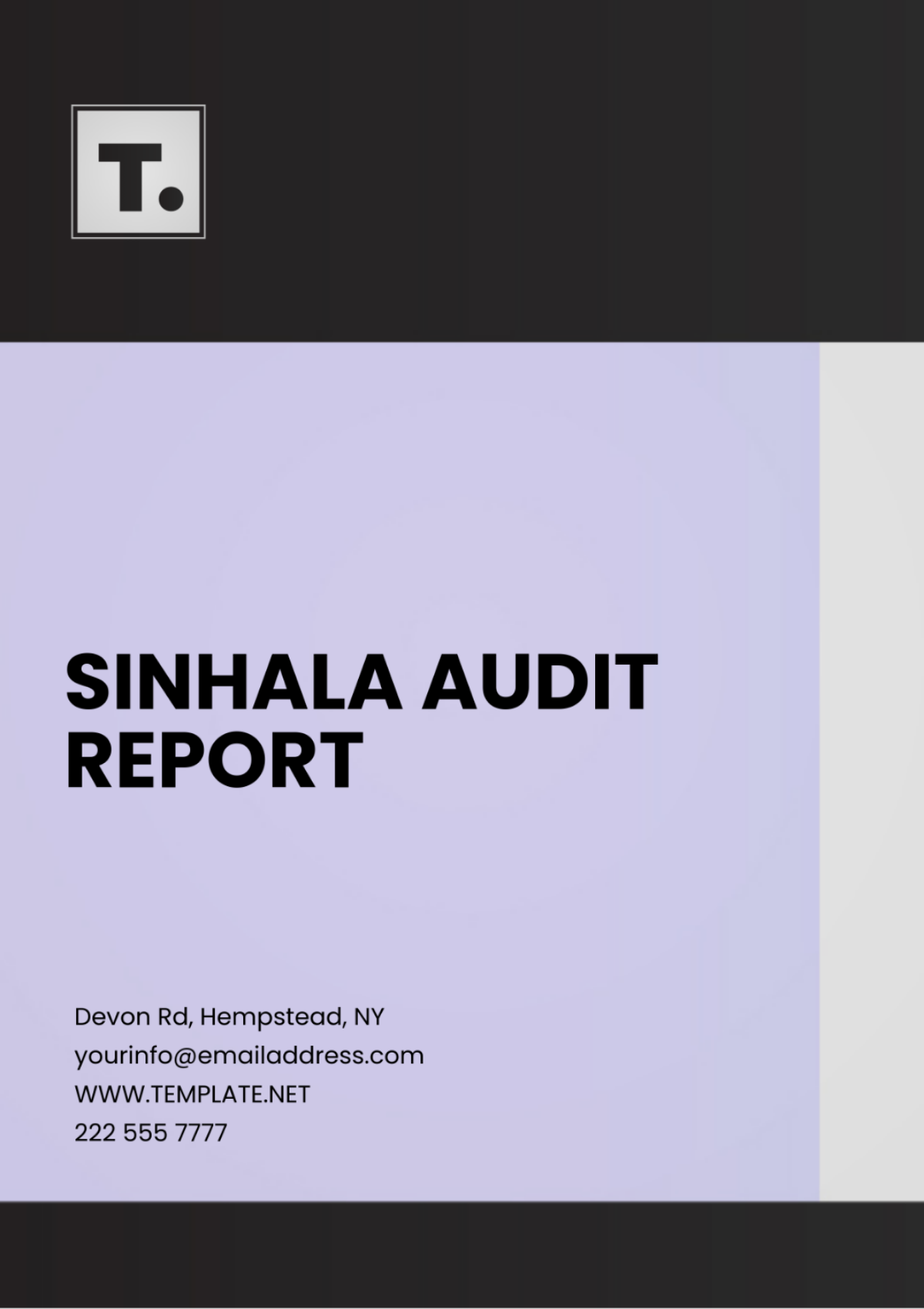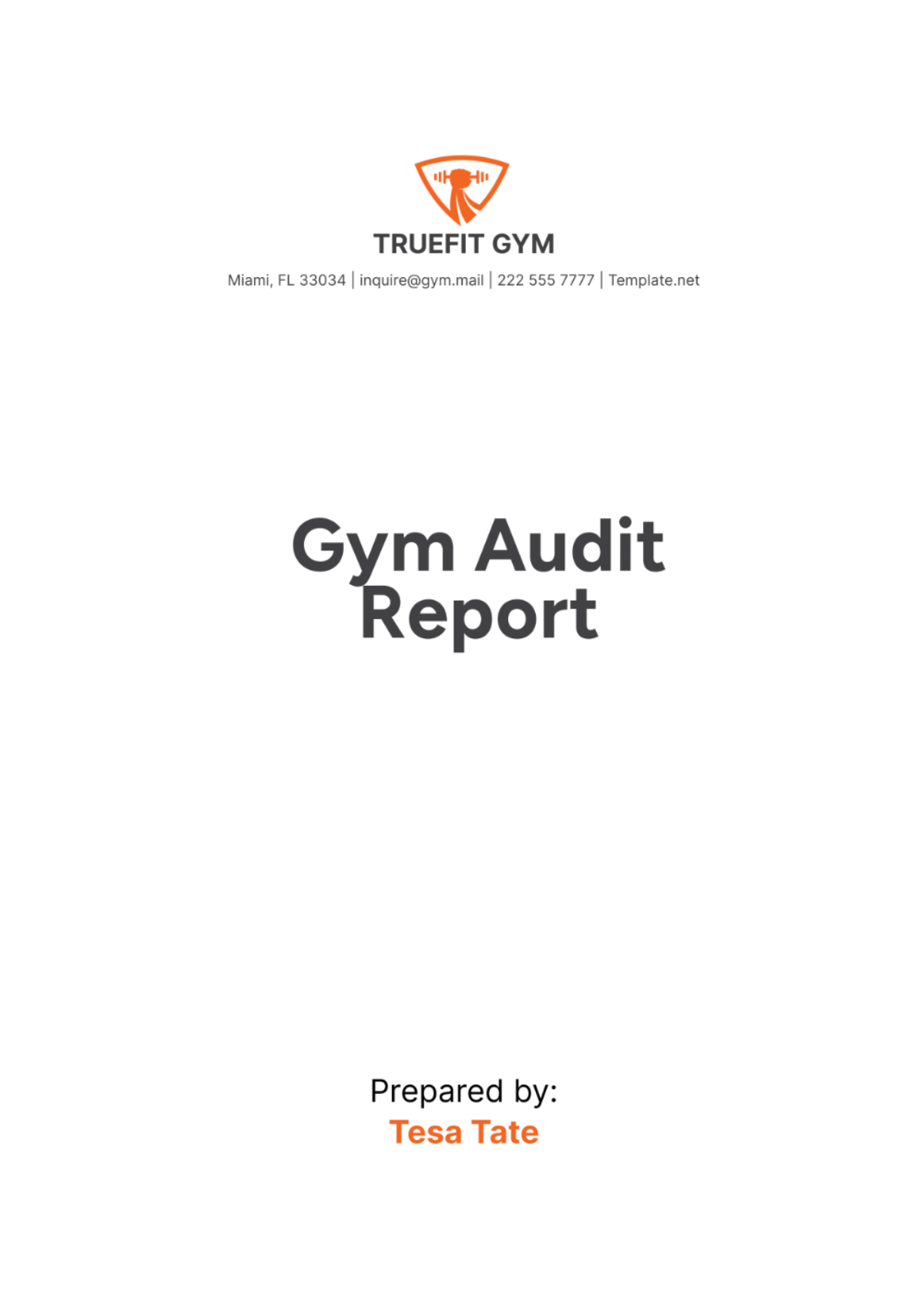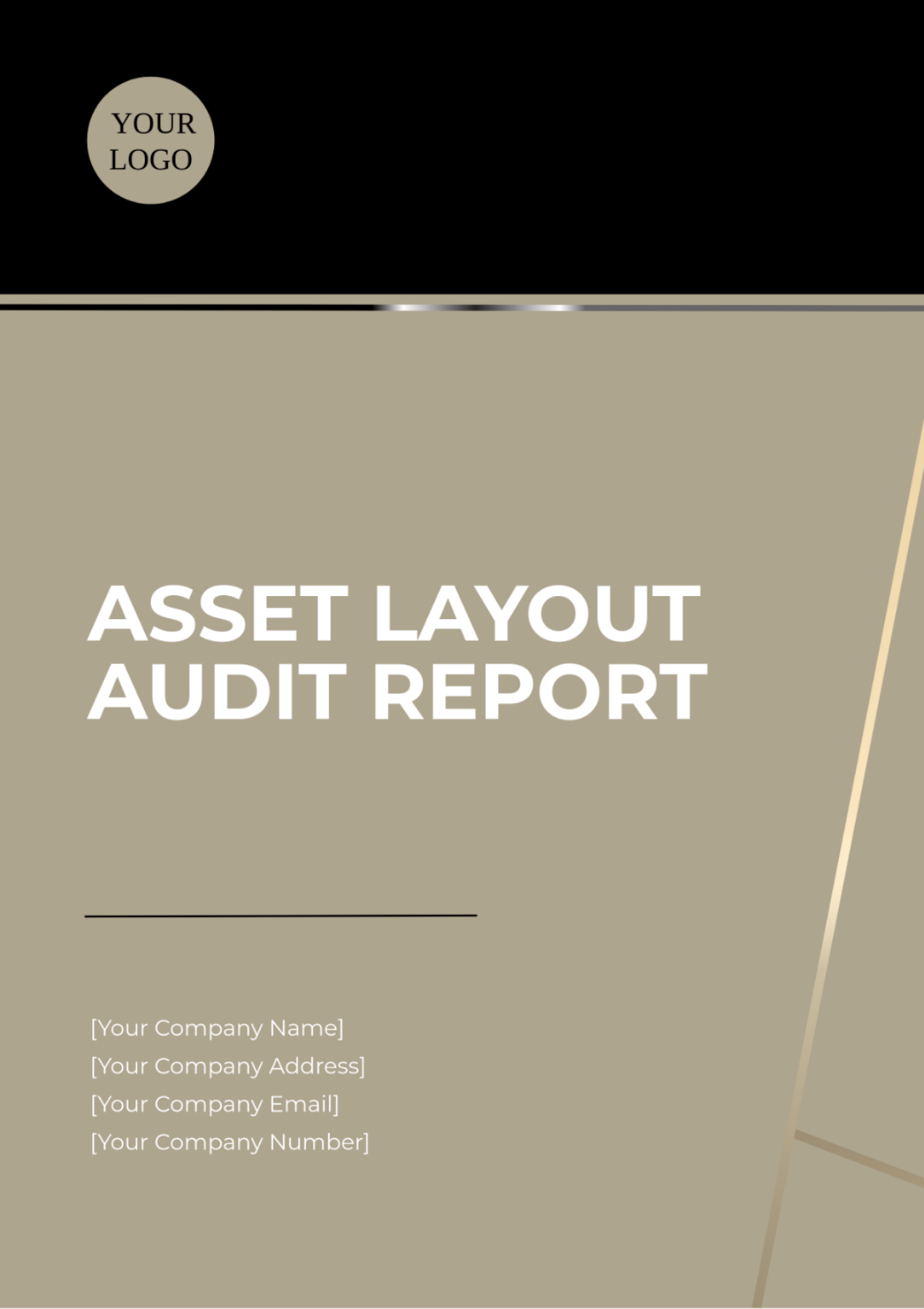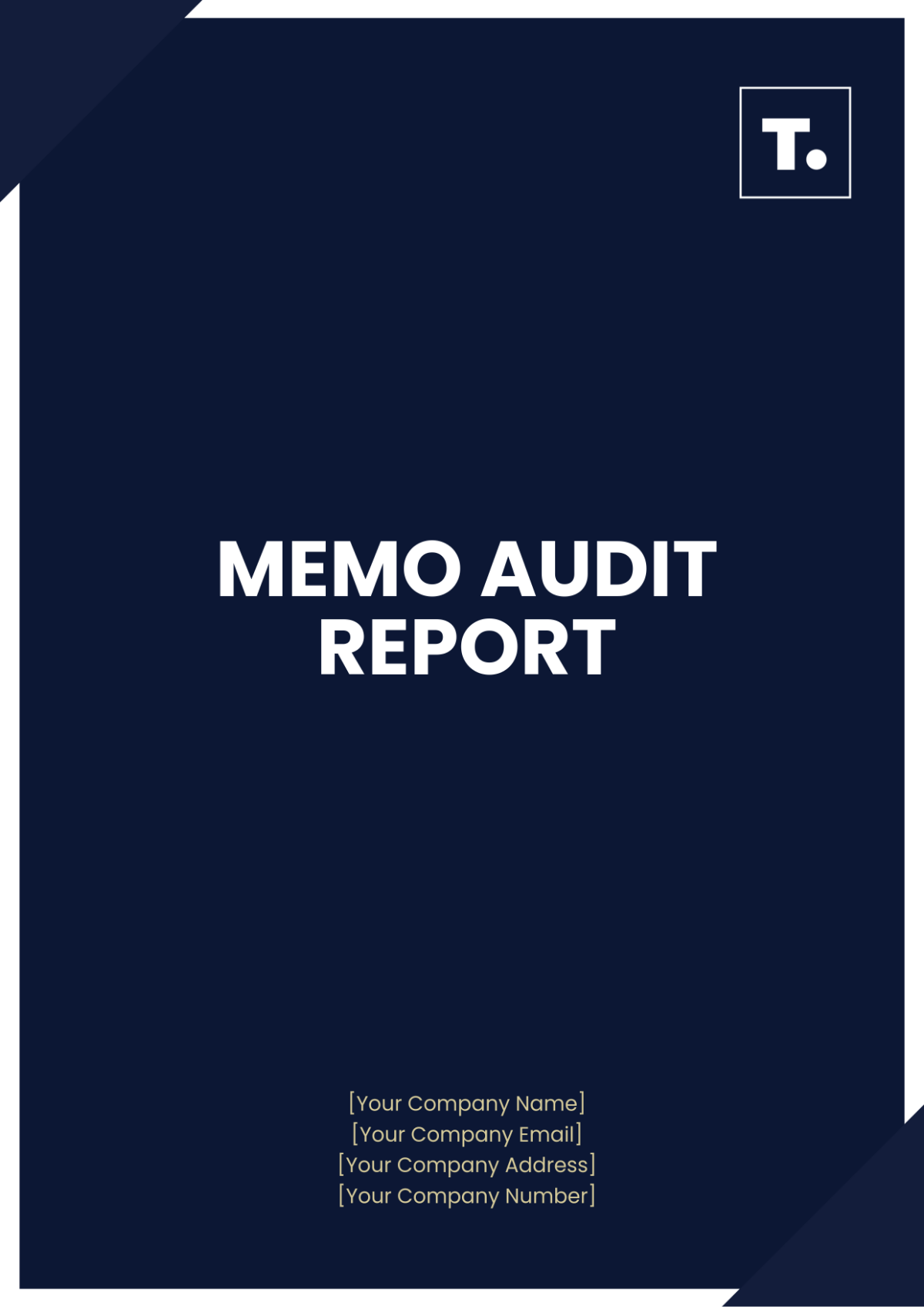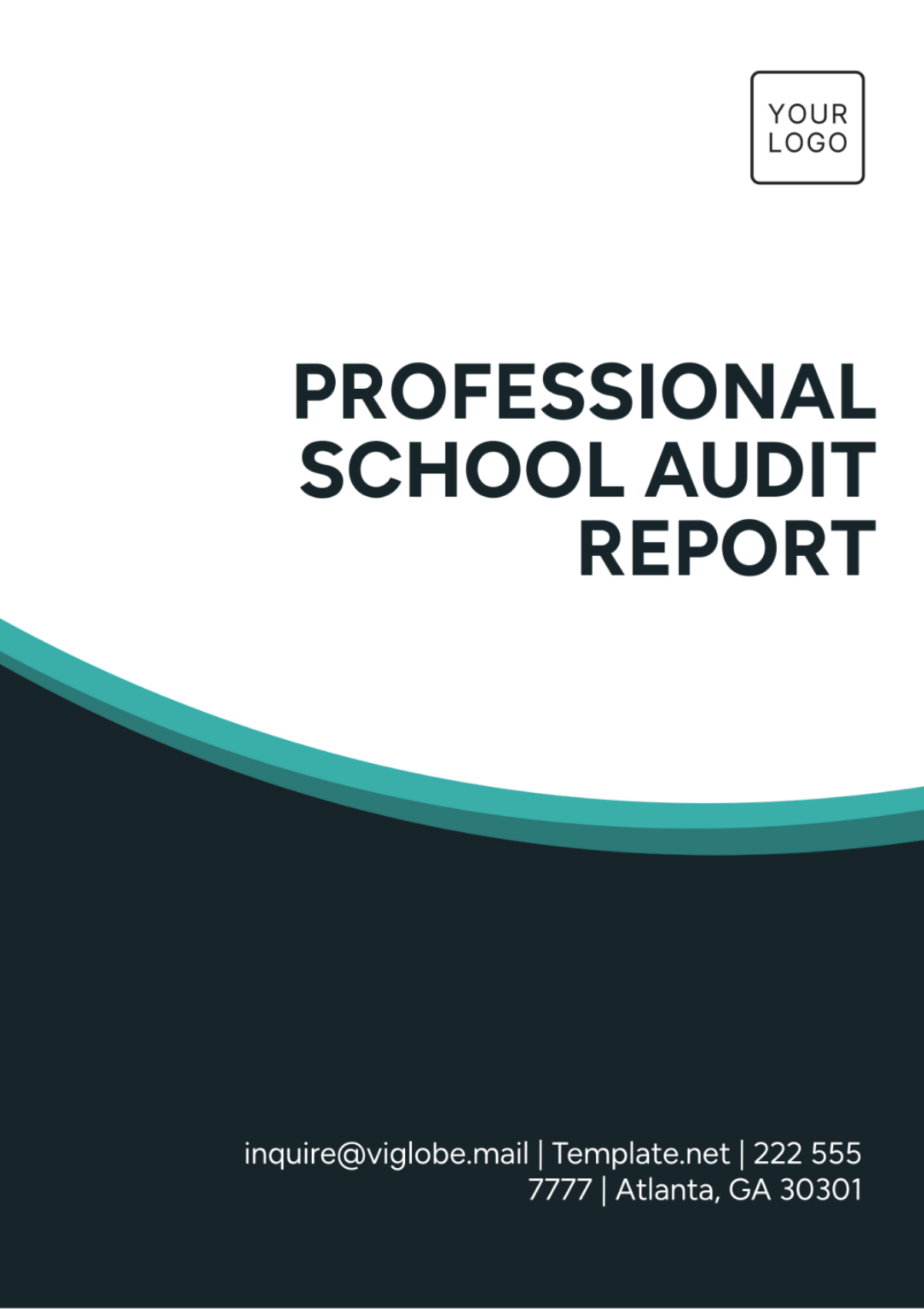Board of Director Audit Committee Report
I. Introduction
A. Overview of the Audit Committee's Role
The Audit Committee of [Your Company Name] is responsible for overseeing the integrity of the company’s financial statements, internal control systems, and compliance with relevant regulations. Our committee is tasked with ensuring transparency and accountability in financial reporting and auditing practices. In 2050, we continued to fulfill this critical role in safeguarding the interests of our shareholders and stakeholders.
B. Purpose of the Report
The purpose of this report is to provide a summary of the Audit Committee’s activities, findings, and recommendations during the fiscal year 2050. This report is intended to provide transparency on the company’s financial reporting process, risk management practices, and compliance efforts. Our objective is to maintain the highest standards of corporate governance and assure all stakeholders of the company’s financial integrity.
C. Key Responsibilities and Areas of Focus for the Reporting Period
The Audit Committee’s key responsibilities include the review of financial statements, the oversight of the external audit process, and the evaluation of internal controls. In 2050, the committee focused on addressing emerging risks such as cybersecurity and environmental compliance. Additionally, we worked to enhance our internal reporting mechanisms and strengthen risk management practices in light of evolving business conditions.
II. Audit Committee Membership and Meetings
A. Committee Members and Leadership
The Audit Committee is chaired by [Committee Chair Name], with members including [Member A], [Member B], and [Member C]. Each member brings significant expertise in finance, accounting, and governance to the committee. The committee also benefits from the guidance of our external auditors and legal advisors.
B. Number of Meetings Held and Attendance
During the fiscal year 2050, the Audit Committee met a total of 6 times, with 5 meetings attended by all members. The average attendance rate was 97%, reflecting the committee’s commitment to fulfilling its oversight responsibilities. In addition to regular meetings, the committee held ad-hoc sessions to address specific emerging issues.
C. Key Discussions and Decisions Taken During Meetings
The committee discussed the company’s annual financial statements and reviewed the performance of the external auditor. Key decisions included the approval of a new risk management framework, along with a comprehensive review of internal audit processes. We also addressed concerns regarding data security and implemented a series of recommendations to enhance cybersecurity measures.
III. Financial Statement Review
A. Review of Annual Financial Statements
The Audit Committee reviewed the annual financial statements for fiscal year 2050, ensuring that they accurately reflected the company’s financial position. We received a clean opinion from the external auditors, confirming that the statements were free of material misstatements. The committee carefully examined key areas such as revenue recognition and expense allocation to ensure compliance with accounting standards.
B. Key Financial Performance Highlights
Financial Metric | FY 2050 | FY 2049 | Change (%) |
|---|---|---|---|
Revenue | $2.5 billion | $2.3 billion | +8.7% |
Operating Income | |||
Net Profit | |||
Earnings per Share (EPS) |
C. Consideration of Significant Accounting Policies and Estimates
The Audit Committee reviewed the company’s significant accounting policies, focusing on the valuation of long-term assets and provisions for future liabilities. We found that all policies adhered to the Generally Accepted Accounting Principles (GAAP) and were applied consistently across reporting periods. Additionally, we considered key estimates made by management, particularly in relation to asset impairments and pension obligations.
IV. Internal Controls and Risk Management
A. Assessment of Internal Control Systems
The Audit Committee assessed the effectiveness of the company’s internal controls, focusing on financial reporting and compliance processes. The committee identified several areas for improvement, specifically in the integration of automated controls for real-time monitoring. However, we are satisfied that the internal controls in place for 2050 were generally effective and aligned with industry best practices.
B. Review of Risk Management Practices
The Audit Committee reviewed the company’s risk management practices, particularly in relation to cybersecurity, climate change, and financial volatility. We found that the company has strengthened its risk management framework, but further investments in cyber defense are necessary given the increased threat landscape. The committee also recommended an expansion of scenario analysis to address climate-related risks more thoroughly.
C. Identification of Significant Control Weaknesses and Corrective Actions
One key weakness identified was the reliance on legacy systems for financial reporting, which posed risks to accuracy and timeliness. As a result, the committee has approved a roadmap for upgrading these systems over the next two years. Other minor weaknesses in operational controls were addressed, and corrective actions were implemented to mitigate any potential impact.
V. External Audit Process
A. Overview of the External Auditor’s Scope and Activities
The external audit for FY 2050 was performed by [Organization Name] Auditors LLP. Their scope included a full review of the company’s financial statements, internal controls, and compliance with tax and regulatory requirements. The audit was conducted in accordance with international auditing standards, and the firm was fully independent throughout the process.
B. Review of Auditor's Independence and Objectivity
The Audit Committee reviewed the independence of [Organization Name] Auditors LLP, ensuring that there were no conflicts of interest. The auditors provided a clear declaration of their independence, and no non-audit services were provided during the fiscal year. We are satisfied with their objectivity and professionalism in conducting the audit.
C. Key Findings from the External Audit
The external auditors raised no significant issues during their audit. Minor adjustments were made related to tax reporting, which were addressed by management. The auditors confirmed that there were no material misstatements in the financial statements.
VI. Compliance and Legal Oversight
A. Review of Compliance with Laws and Regulations
The Audit Committee monitored the company’s compliance with applicable laws, regulations, and industry standards. In 2050, the company adhered to all major regulatory requirements, including those related to environmental impact and financial disclosure. There were no significant regulatory violations during the year.
B. Monitoring of Key Legal and Regulatory Developments
We continuously monitored changes in laws and regulations, particularly those affecting financial reporting, taxation, and data privacy. The committee implemented measures to comply with the latest global data protection regulations, such as GDPR. We also tracked developments in environmental legislation and made necessary adjustments to our reporting processes.
C. Updates on Legal Matters and Pending Litigation
Legal Matter | Status | Potential Impact |
|---|---|---|
Intellectual Property Lawsuit | Pending | Low |
Environmental Compliance Case | ||
Shareholder Class Action |
VII. Auditor and Management Interactions
A. Discussion of the Audit Committee’s Interactions with External Auditors
The Audit Committee held quarterly meetings with the external auditors to review audit progress, discuss key areas of concern, and ensure that no material issues were overlooked. During these discussions, the external auditors provided updates on their audit procedures and any challenges encountered. The Audit Committee appreciated the external auditors' transparency and their proactive approach in highlighting areas requiring attention, particularly around complex financial transactions and compliance matters.
B. Management’s Response to Audit Findings and Recommendations
Management responded positively to all audit findings, prioritizing the remediation of any issues raised by the external auditors. Key actions taken included the establishment of a dedicated team to enhance cybersecurity measures, as recommended by the auditors, and the implementation of new financial reporting tools. Management also adopted the recommendation to streamline the reconciliation process between different financial systems, which is expected to improve accuracy and efficiency.
C. Evaluation of Management’s Commitment to Financial Integrity
The Audit Committee finds that management has consistently demonstrated a strong commitment to maintaining the highest standards of financial integrity and transparency. Their swift actions in addressing audit recommendations are indicative of their dedication to continuous improvement in financial reporting and governance. The Audit Committee is confident that management is taking all necessary steps to uphold the company's financial integrity, mitigate risks, and enhance operational efficiency.
VIII. Recommendations and Actions
A. Suggested Improvements in Financial Reporting or Internal Controls
The Audit Committee recommends the implementation of more advanced data analytics tools, such as artificial intelligence (AI) and machine learning (ML), to improve the accuracy and timeliness of financial reporting. These technologies can help identify discrepancies in real-time, reducing the risk of errors and fraud. Additionally, the committee suggests that management invest in upgrading legacy systems to enhance reporting capabilities, particularly for cross-border transactions that require complex currency conversions and tax compliance.
B. Recommendations for Enhancing Risk Management Practices
Given the growing threat of cyberattacks, the Audit Committee advises the company to expand its cybersecurity infrastructure and invest in a dedicated cybersecurity risk management team. This includes the deployment of next-generation firewalls, continuous monitoring tools, and employee training programs. The committee also recommends incorporating more robust stress-testing scenarios for climate-related risks, which would improve the company’s preparedness for environmental changes that could impact operations or supply chains.
C. Any Actions Required by the Board Based on Audit Committee Review
The Audit Committee requests the Board to approve an additional budget allocation of $15 million for the proposed upgrade of financial systems, which will address identified inefficiencies and vulnerabilities. Furthermore, the Board is encouraged to approve the establishment of a cross-functional task force to oversee the integration of enhanced cybersecurity measures and risk management frameworks. Finally, the committee recommends that the Board reviews and supports the proposed expansion of environmental risk assessments to align with upcoming global sustainability standards.
IX. Conclusion
A. Summary of the Audit Committee’s Findings
The Audit Committee concludes that the company’s financial statements for FY 2050 provide a true and fair view of its financial position, and that the company’s internal control systems and risk management practices are generally effective. Although no significant financial reporting errors were identified, minor improvements in the internal reporting process were recommended and are being addressed. The Audit Committee is satisfied with the comprehensive audit approach and the management's commitment to rectifying any identified weaknesses.
B. Confirmation of the Committee’s Confidence in the Financial Integrity of the Organization
The Audit Committee reaffirms its confidence in the financial integrity of [Your Company Name] and in the robustness of its internal controls. The ongoing improvements in internal reporting, risk management, and compliance have further strengthened the company’s financial governance framework. We believe that [Your Company Name] is well-positioned to meet future financial challenges with transparency and accountability.
C. Closing Remarks from the Audit Committee Chair
As Chair of the Audit Committee, I would like to express my gratitude to the committee members for their valuable contributions and to the external and internal audit teams for their thorough work. We remain committed to supporting the Board and management in maintaining the highest standards of financial reporting and governance. Looking ahead, we are focused on ensuring that [Your Company Name] continues to operate with the utmost integrity and in full compliance with global standards.
X. Acknowledgements
A. Recognition of Committee Members and Support Staff
The Audit Committee would like to extend special thanks to [Member A], whose leadership in overseeing the risk management framework was instrumental in identifying and mitigating key financial risks. We also acknowledge the valuable insights provided by [Member B] in evaluating complex financial transactions. Finally, our appreciation goes to our support staff for their tireless efforts in preparing reports and organizing meetings, ensuring smooth operations throughout the year.
B. Acknowledgement of the External and Internal Audit Teams' Contributions
Audit Team | Role | Contributions |
|---|---|---|
[Organization Name] Auditors LLP | External Auditors | Conducted comprehensive audit and provided clean audit opinion. |
[Your Company Name] Internal Audit Team | Internal Auditors | Led internal audit initiatives, identified control weaknesses, and provided actionable recommendations. |
IT Security Audit Team | Specialized Risk Assessors | Conducted detailed cybersecurity risk assessment and advised on necessary upgrades. |
We extend our sincere appreciation to the external audit team at [Organization Name] Auditors LLP for their professionalism and diligence in carrying out the audit process. The internal audit team also deserves recognition for their hard work and commitment to enhancing our internal control systems. Furthermore, the IT Security Audit Team has been instrumental in identifying and addressing emerging cybersecurity threats, which has further fortified the company’s risk management framework.







